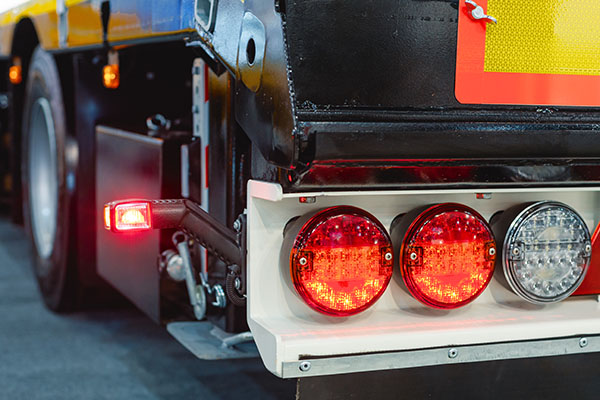
Trucks are powerful workhorses that transport goods and materials across long distances, making them a vital part of every logistics system. While trucks share similarities with ordinary cars, their size, weight, and specific operating conditions necessitate specialized braking systems. Do you want to know a little bit more about that? If so, continue reading to find out!
Braking Mechanism in Trucks
Trucks employ a combination of braking systems to effectively bring their substantial mass to a stop. These systems work in unison to generate the necessary stopping force and ensure optimal braking performance. Although some components may resemble those found in regular cars, the design, construction, and scale of truck braking systems are tailored to handle their unique demands.
Air Brake System
Most heavy-duty trucks rely on an air brake system, also known as compressed air brakes or pneumatic brakes. This system utilizes compressed air to transmit pressure and engage the brakes. Here's a breakdown of how it works:
Air Compressor
The truck's engine powers an air compressor, which pressurizes air and stores it in air reservoir tanks.
Brake Pedal and Valve
When the driver depresses the brake pedal, a valve opens, allowing compressed air to flow from the reservoir tanks to the brake chambers.
Brake Chambers
The brake chambers are responsible for applying force to the brake shoes or brake pads, depending on the type of braking system used. Air pressure actuates a piston within the brake chamber, which engages the brakes.
Drum Brakes or Disc Brakes
Trucks typically utilize either drum brakes or disc brakes. Drum brakes feature brake shoes that press against the inner surface of a rotating drum, while disc brakes use calipers to squeeze brake pads against a rotating disc.
Brake Control System
The air brake system incorporates various valves, such as the relay valve, quick-release valve, and brake control valve, to regulate air pressure and control braking force distribution.
Supplementary Brake Systems
In addition to the air brake system, trucks may employ supplementary braking systems to enhance stopping power, particularly during heavy loads or steep descents. These systems include:
Engine Brake (Jake Brake) - An engine brake harnesses the engine's power to create resistance and assist in slowing down the vehicle. It works by adjusting the engine's valve timing or using an additional set of exhaust valves to release compressed air from the cylinders, effectively creating back pressure that aids in deceleration.
Hydraulic Brakes - Some trucks, particularly lighter commercial trucks or those equipped with trailers, may have hydraulic braking systems for certain axles. These systems function similarly to hydraulic brakes in cars, using brake fluid to transmit pressure and engage the brakes.
Fleet Service And Maintenance at Austin's Automotive Specialist !
Does your fleet need repair and maintenance facilities? Well, Austin's Automotive Specialist is the answer! We have 10 locations all over Texas, ready for all of your truck problems - contact us to learn more.